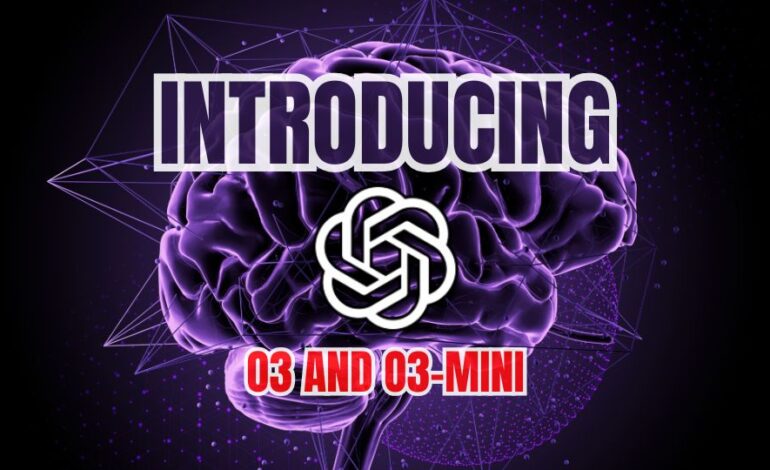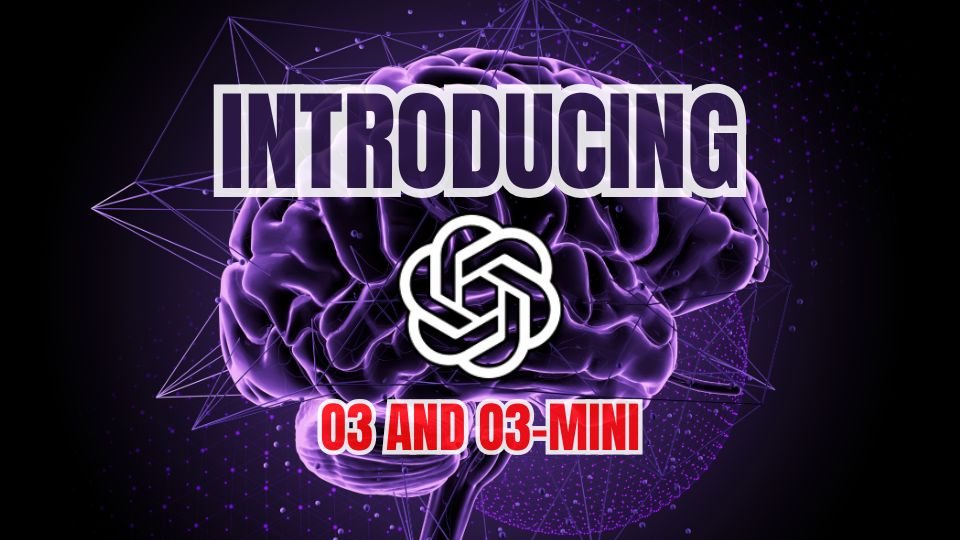
Save storage with Nvidia’s and DataStax’s new generative AI
Let me explain how Nvidia and DataStax have teamed up to improve generative AI systems for businesses. They have presented some revolutionary technology capable of helping companies save storage and retrieve information in a faster and more precise manner across various languages. Now, let me break it down in a simple way so that you understand exactly how it works and why.
The Big News: Cutting Storage by 35 Times
Nvidia launched something called the NeMo Retriever microservices, and they’re now integrated with DataStax’s AI platform. They created a system together that reduces the need for data storage 35 times compared to previous methods.
Why is that important? Well, companies literally sit on an Everest of data, and by 2027, enterprise data may surpass even more than 20 zettabytes. For example, 1 zettabyte is something like 1 billion terabytes. Storing that amount of information is certainly expensive and quite overwhelming! This new solution makes the management of that data much more cost-effective without actually breaking it into pieces.
Real-World Example: Wikimedia
One of the first organizations to use this new technology is the Wikimedia Foundation. They had a huge task of processing 10 million Wikipedia entries. Before using this new system, it took them 30 days to process all that information. Now, thanks to the new technology, they can do it in under three days! This is a game changer, especially since they have 24,000 volunteers updating entries every day.
Chet Kapoor, the CEO of DataStax, pointed out that you can’t just depend on large language models for content. You need to pull in context from your existing data. Their hybrid search combines both semantic and traditional text search, which helps deliver the most relevant results quickly.
Why Context Matters (generative AI)
When using AI to generate content or find information, you can’t rely on large language models alone. Let’s say a company has tons of data spread across its systems. AI needs to understand that data in context to provide useful answers.
Chet Kapoor, the CEO of DataStax, explained this perfectly. He said their hybrid search feature combines traditional text search and semantic search. Nvidia then adds something called a “re-ranker,” which sorts the results to show the most relevant ones. It works in real-time, even on a global scale.
Keeping Data Safe
Now, a big problem is security. Companies are worried about exposing their private data to external AI systems. Imagine if FedEx sent its delivery data to public models like OpenAI or Gemini. It wouldn’t happen because this data includes sensitive information.
Kapoor explained how this technology solves that problem. For example, FedEx stores 60% of its data in its systems, including 20 years of records of package delivery. Nvidia and DataStax make sure the data remains private while still allowing access to their AI models.
Who’s Leading the Way?
Interestingly, financial services companies are among the very first adopters of this technology despite strict regulations. For instance, Commonwealth Bank of Australia and Capital One use it in order to get a handle on the vast data systems. These companies are pushing the boundaries of what’s possible with AI while staying compliant with privacy laws.
Looking Ahead: Multimodal Document Processing
Nvidia is not stopping here. They plan to expand their technology to handle more complex documents, like PDFs that include tables, graphs, and images. Kari Briski shared that this is a tough challenge, but they are excited to tackle it.
Why This Matters
For companies struggling with unstructured data (like audio, video, or large text files), this solution is a big deal. It not only helps them prepare their data for AI but also keeps costs and security concerns under control.
The best part? Businesses can start using this solution right away. Nvidia offers a 90-day free trial through its API catalog, giving companies a chance to test it before committing.
This announcement shows how enterprise AI is shifting from small experiments to large-scale deployments. As companies invest more in AI, managing data and controlling costs will be the key to success.
Disclaimer: This is a simplified explanation for general understanding. The actual technology is much more complex.






